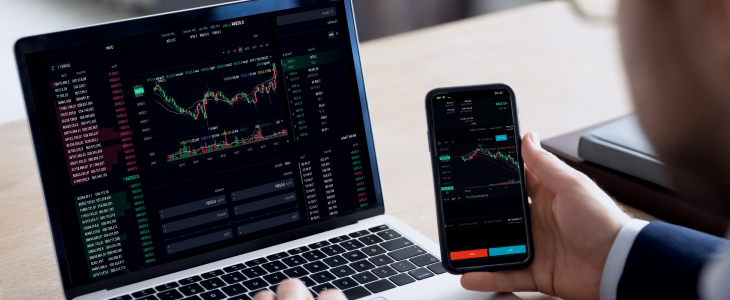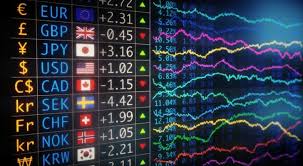
Learn Forex Trading: A Comprehensive Guide for Beginners
Forex trading, or foreign exchange trading, is a dynamic and exciting way to engage with financial markets. It offers new traders ample opportunities for profit but also carries risks that necessitate a thorough understanding before diving in. This guide will provide you with essential knowledge and resources, including how to choose an effective learn forex trading Trading Broker ZA, strategies for success, and best practices for managing your trading journey.
What is Forex Trading?
Forex trading involves buying one currency while simultaneously selling another. It occurs in pairs, such as EUR/USD (Euro/US Dollar), where traders speculate on the price movements of these currencies relative to each other. The forex market is one of the largest and most liquid financial markets globally, making it accessible for individuals wanting to start trading.
The Basics of Forex Market
The forex market operates 24 hours a day, five days a week, and is decentralized, meaning trades occur over-the-counter through a network of banks, brokers, and financial institutions rather than on a centralized exchange. Currency rates fluctuate continuously based on several factors, including economic indicators, geopolitical events, and market sentiment. Truly understanding these factors can empower traders to make informed decisions.
Forex Terminology
Before plunging into trading, familiarize yourself with key terms:
- Currency Pair: The quotation of two different currencies, where one currency is compared against the other.
- Pip: A unit of measurement for currency movement, typically the fourth decimal place in currency pairs.
- Spread: The difference between the bid (selling) price and the ask (buying) price.
- Leverage: A tool that allows traders to control larger positions with a small amount of capital, which can amplify profits as well as losses.
How to Start Forex Trading
Embarking on your forex trading journey can be exciting. Here are the crucial steps you need to follow:
1. Education
Begin with a solid foundation of theoretical knowledge. Countless resources, including online courses, eBooks, and webinars, will teach you the basics, technical analysis, fundamental analysis, and trading strategies. Understanding both types of analysis will help you interpret market behavior and make informed trading decisions.
2. Choose a Reputable Broker
Your choice of broker is critical. Look for a broker that is well-regulated, has a user-friendly trading platform, provides excellent customer service, and offers competitive spreads and commissions. Reading reviews and performing due diligence can help you find a suitable trading partner.
3. Develop a Trading Plan
A trading plan is fundamental to successful trading. Your plan should define your trading goals, risk tolerance, strategies, and performance evaluation criteria. Having a well-structured plan helps eliminate emotions from trading and maintains consistency in your approach.

4. Start with a Demo Account
Most brokers offer demo accounts that mimic real trading environments with virtual money. Practicing on a demo account allows you to test your trading strategies, familiarize yourself with the trading platform, and develop confidence without risking real capital.
5. Manage Your Risks
Effective risk management is at the heart of successful trading. Set stop-loss and take-profit orders based on your analysis to control your potential losses and secure profits. Never risk more than a small percentage of your trading capital on a single trade, and always be prepared for market volatility.
Strategies for Successful Trading
While there’s no one-size-fits-all strategy, there are several popular approaches that traders employ:
1. Day Trading
Day traders buy and sell currency pairs within the same day, capitalizing on short-term price movements. This strategy requires constant monitoring of the markets and a quick decision-making ability.
2. Swing Trading
Swing traders hold positions for several days or weeks to capitalize on expected price shifts. This method requires thorough market analysis and can be less stressful than day trading.
3. Position Trading
Position traders take longer-term positions based on fundamental analysis and economic trends. This strategy is less about daily fluctuations and focuses on long-term profitability.
Common Mistakes to Avoid
Every new trader makes mistakes, but being aware of common pitfalls can help you avoid them:
- Forgoing Education: Jumping into trading without adequate knowledge can lead to significant losses.
- Over-Leverage: Taking on too much leverage can wipe out your trading account in one bad trade.
- Ignoring Risk Management: Neglecting to set a stop-loss could expose you to unintended losses.
- Emotional Trading: Making decisions based on fear or greed often leads to poor outcomes.
Conclusion
Learning forex trading is a journey that requires dedication, discipline, and a commitment to continuous learning. Take the time to develop your skills and be patient as you work towards becoming a successful trader. With the right knowledge, strategies, and a disciplined approach, you can navigate the complexities of the forex market and potentially turn your trading dreams into reality.
